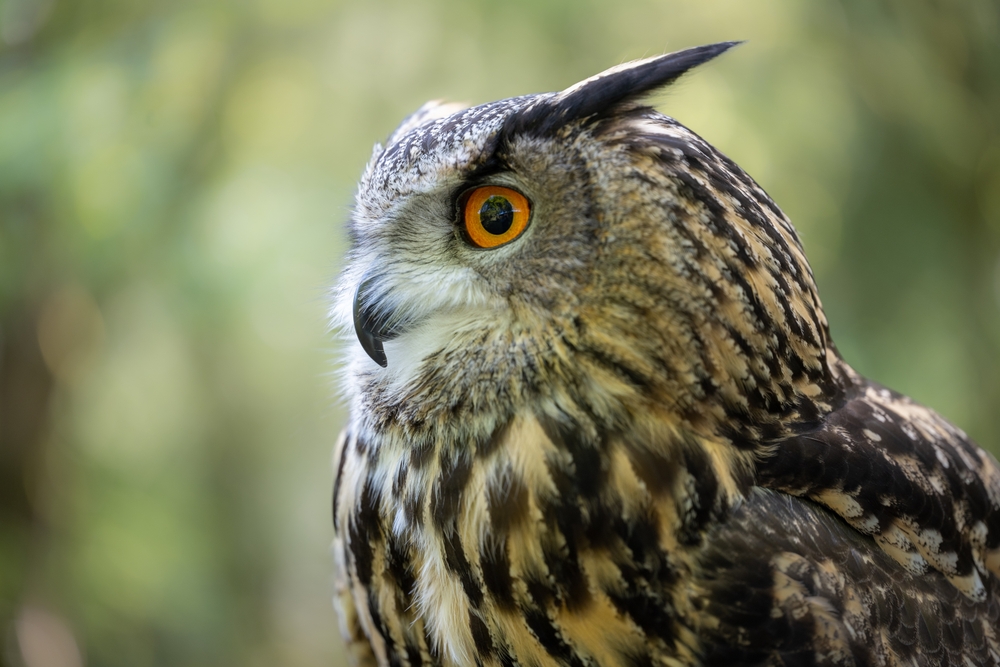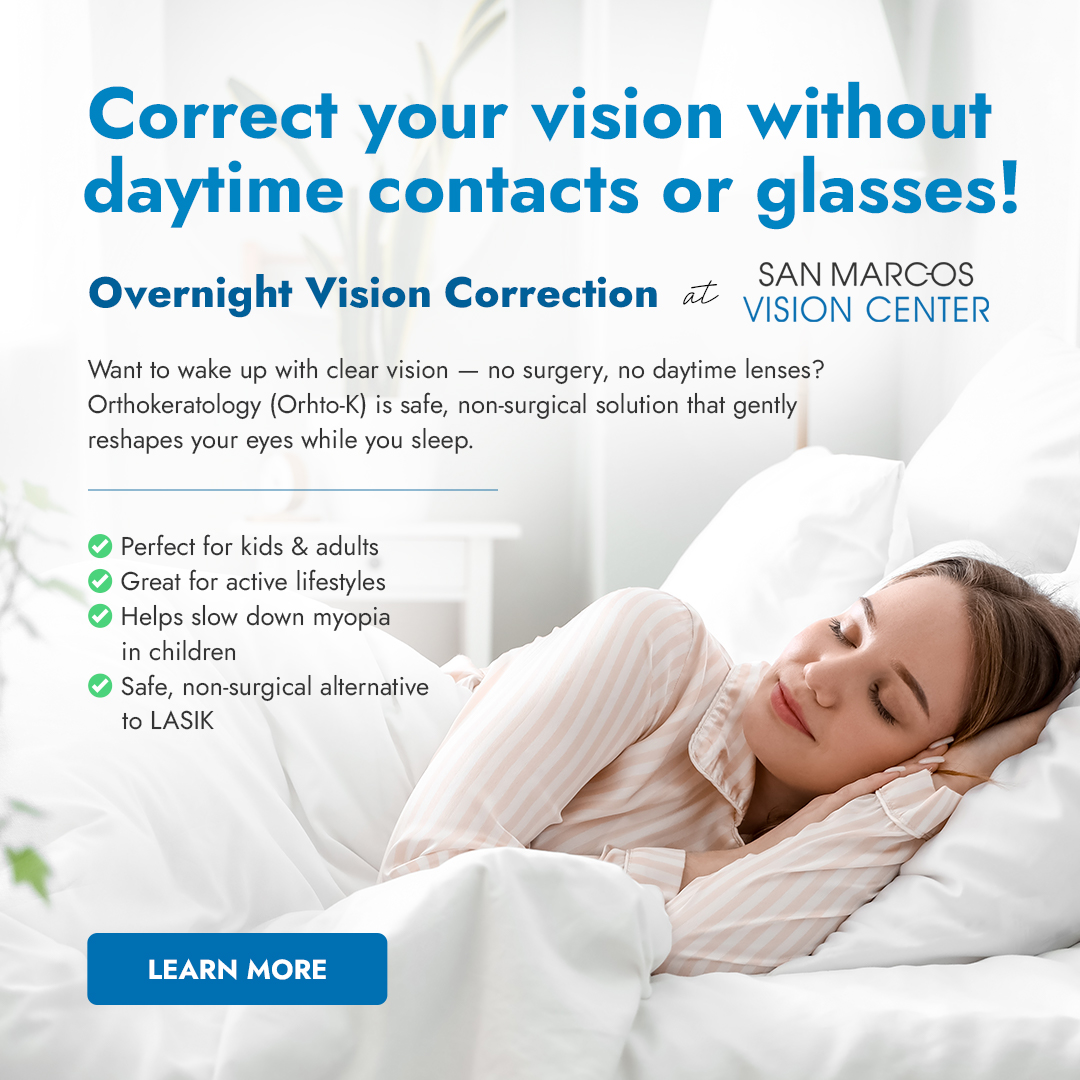
Have you ever wondered how some animals are capable of navigating the darkness with absolute precision or how soldiers can see clear as day in the blackest of nights? Night vision – the ability to see in low-light conditions – has intrigued us for centuries.
Night vision is a fascinating phenomenon that combines biology, technology, and physics. Let's dive deeper into this topic and better understand night vision.
What is Night Vision?
As night falls and the world plunges into darkness, the limits of human sight become glaringly evident. Unlike many nocturnal animals blessed with the ability to see in minimal light, humans are left at a significant disadvantage.
However, this challenge has not gone unaddressed; through innovative technology, we have extended our visual capabilities into the night. This blog delves into the fascinating world of night vision, exploring its principles, types, and myriad applications.
Understanding the Phenomenon
Night vision refers to the ability to see in low-light conditions, extending beyond the normal capabilities of the human eye. This concept is not only about seeing in complete darkness but also about enhancing the quality of vision in any poorly lit environment.
It encompasses a range of technologies and methodologies that facilitate vision under such conditions. This includes both naturally evolved biological mechanisms in animals and artificially created devices for human use.
Natural Night Vision
Natural night vision is common among many animal species, enabling them to hunt, navigate, and survive in low-light conditions.
Mammals
Many mammals—especially nocturnal ones like cats and rodents—have developed a layer behind their retina called the tapetum lucidum. This layer acts like a mirror, reflecting light back through the retina, effectively giving these animals a second chance to process light information and dramatically boosting their vision in low-light conditions.
Birds
Some birds, especially owls, have incredibly large and efficient eyes that can gather more light. They also have a higher ratio of rod cells (which detect low levels of light) to cone cells (which are used for color vision during the daytime) compared to humans.
Technology-Enabled Night Vision
Night vision technologies harness the little visible light provided by the moon and stars and the invisible light given off in the infrared spectrum.
Image Enhancement Devices
Image enhancement technology, such as Image Intensifiers or Night Vision Goggles (NVGs), amplifies the minimal light available in a given environment, making it visible to the human eye.
The operational mechanism of these devices is quite complex and fascinating:
1. A lens first gathers the faint light from the surroundings at one end of the device.
2. Next, the gathered light hits a component called the photo-cathode, which releases electrons.
3. Then, the electrons collide with a photomultiplier, triggering an avalanche of further electron emissions in a process known as cascaded secondary emission.
4. The surging electrons then strike a phosphor screen. The energy excites the phosphor particles, causing them to emit light.
5. Finally, the process results in a bright, highly detailed visual of the surroundings that vastly exceeds the capabilities of the naked human eye.
Thermal Imaging
Another approach to night vision technology involves capturing the infrared light emitted by objects as heat, which our eyes would typically not perceive. Thermal imaging devices operate on this principle, translating the often vast differences in temperature within a scene into a visual representation in shades from white (warmest) to black (coolest).
1. Such devices use an infrared lens to focus the infrared radiation emitted from all of the objects in view.
2. A phased array of infrared detectors scans the focused radiation to create a detailed temperature pattern called a thermogram.
3. Finally, the information is then translated into electrical impulses, which are processed by the device to display the image.
Applications of Night Vision
The implications and applications of night vision are vast and varied, touching upon numerous aspects of life and industry.
Military and Law Enforcement
Night vision technology is a critical tool in modern warfare and policing. It allows soldiers and officers to conduct operations in the dark, providing a significant advantage over adversaries without similar capabilities. Night vision devices are used for surveillance, navigation, target acquisition, and night combat operations.
Wildlife Observation and Conservation
Wildlife researchers and enthusiasts utilize night vision gadgets to observe nocturnal animals without disturbing them. This technology facilitates the study of animal behavior in natural habitats during the night, contributing to conservation efforts and our understanding of ecosystems.
Search and Rescue Operations
Night vision technology is invaluable in search and rescue missions, especially in operations carried out in darkness or in environments with limited visibility. It aids rescuers in locating missing persons in forests, mountains, and at sea by detecting the heat signatures of humans against cooler backgrounds.
Aviation and Navigation
Pilots use night vision systems to enhance safety during night flights and in conditions with poor visibility. Similarly, maritime vessels employ night vision for navigation and to avoid obstacles in the water during nighttime or foggy conditions.
Civilian Use
In addition to the professional uses mentioned above, night vision devices have found their way into civilian hands for various purposes, including hunting, security, and even recreational nighttime exploration.
Uses of Night Vision Phenomenon in Ophthalmology
Night vision technology, while widely recognized for its military and surveillance applications, also has significant relevance to the field of ophthalmology. The capacity to see in low-light conditions can be harnessed to aid in the diagnosis and treatment of various eye conditions, as well as to improve the quality of life for patients with visual impairments. Here are some of the ways in which night vision finds its applications in ophthalmology:
1. Retinal Imaging: Advanced night vision technology helps in capturing clear images of the retina under low-light conditions. This is particularly useful for diagnosing retinal diseases that affect night vision, such as retinitis pigmentosa.
2. Night Vision Goggles for Low Vision Patients: Custom night vision devices can help patients with night blindness (nyctalopia) navigate their surroundings in dimly lit environments.
3. Night Vision Testing: Ophthalmologists can use night vision testing equipment to understand a patient's night vision capabilities better, thereby aiding in the diagnosis of night vision complaints and adjusting treatment plans accordingly.
4. Surgical Lighting: Night vision can be applied in surgeries to facilitate operations in reduced lighting conditions, minimizing light-induced damage to sensitive ocular tissues.
5. Monitoring Progressive Eye Diseases: Night vision technologies can track the progression of eye diseases that impair night vision, allowing for timely interventional strategies.
6. Understanding Ocular Diseases: By studying how the eye functions in low-light conditions using night vision technologies, researchers can gain insights into various ocular diseases and develop new treatments.
7. Adaptive Technologies: The development of adaptive eyewear that incorporates night vision, such as smart glasses, can help people with certain types of vision impairment by improving their ability to see in the dark.
8. Safety and Mobility: Patients with night vision difficulties can benefit from environments equipped with night vision technologies, making it safer to move around during nighttime or in dark places.
Conclusion
Night vision marvelously bridges the gap between darkness and sight. Found in nature and enhanced by technology, it gives us a peek into a hidden world of nighttime activity. Invaluable in various fields, night vision has revolutionized the way we operate after dark—be it through military strategies, wildlife observation, rescuing lost souls, or guiding ships and planes. The real breakthrough, however, lies in ophthalmology, where night vision aids those with vision loss, making the unseen visible and night navigation safer. This fascinating ability extends not only our sight but also our understanding and appreciation of the world when the sun sets.

 Specialty Contacts
Specialty Contacts Refer A Patient
Refer A Patient





